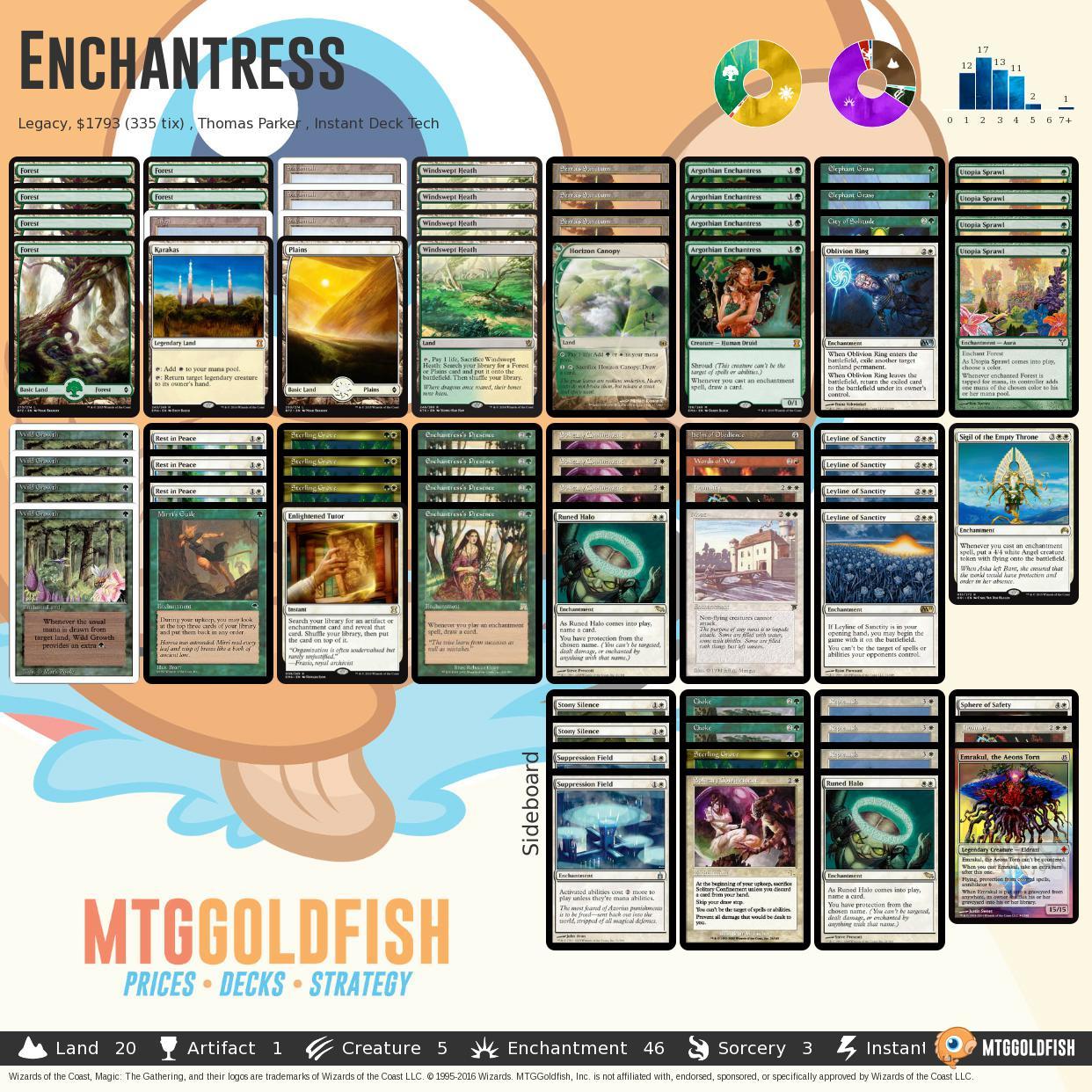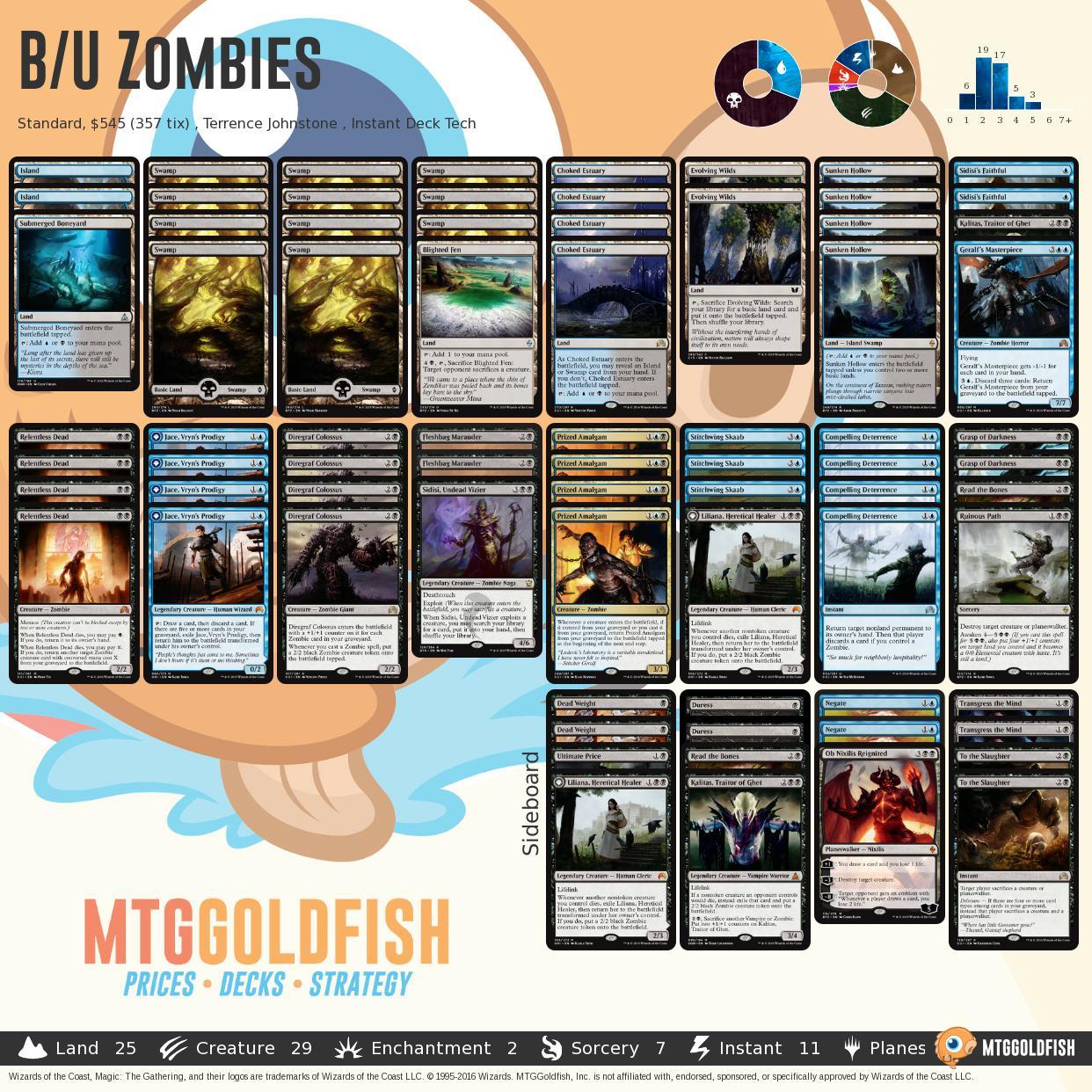
Returning the creature you sacrificed back to your hand is just gravy.īuilding a reanimator deck based around creatures is not something that I am used to doing. Getting to attack on turn 5 with a huge fatty is worth the deckbuilding costs associated with it. This forces us to shift our gameplan to one much more creature based, in exchange for a much more powerful reanimation spell. The main thing that makes this reanimation spell different from others, and completely changes our deck in comparison to the one from 9 months ago is the requirement of needing to sacrifice a creature. A 4 mana reanimation spell is something we haven’t seen in Standard since 2011 with Unburial Rites, so this is something that is worth paying attention to. The other reanimation spell and the one that changes the deck far more dramatically is Blood for Bones. And as we will see once we get to the creature package, haste gives us access to powerful attack triggers. Giving haste to our reanimation target is huge, and means that in the face of a Ravenous Chupacabra we can still get some value out of our creature. War of the Spark gives us one of the best reanimation spells we have seen in years in Bond of Revival. Link to the old article.Īlmost a year later, and almost everything about the deck has changed. A lot of fun, but ultimately wasn’t good enough to compete in Standard. This meant that the deck had to shift into a control deck, but because of the reanimator package, it ended up diluting the control shell and making the deck worse overall. The earliest the deck could bring anything back from the graveyard was turn 5, and with The Eldest Reborn, you would often be waiting until turn 7 just to bring anything back. The deck was cool but was really slow at actually reanimating anything. There weren’t a lot of ways to discard cards in Standard at the time, so my primary method of getting fatties in the yard was from the library. When I first built Reanimator 9 months ago, I focused really hard on the Surveil mechanic. This brings me to Reanimator, a deck that I toyed around with all the way back in Guilds of Ravnica and had a lot of fun with. At this time, I like to revisit old deck ideas and see how new cards may have reformed the strategy. This is the time when the past few years of Magic get a chance to coalesce and show off all of the different themes that Wizards has been trying to promote.
Mtg goldfish standard reanimator pro#
The other half of the players at the second Magic Pro Tour of the season chose to bring decks like Domain Control, Rakdos Breach, Five-Color Ramp, and even Soldiers.With the release of M20, we are nearing the end of another Standard season. And no one build is dominating the field over the others. Roughly half the field at MTG Pro Tour Minneapolis brought decks that have a solid record of performance within a competitive Standard best-of-three format. Rakdos Breach: Seven players and 2.8 percent of field.Jeskai Control: Seven players and 2.8 percent of field.Mono-White Midrange: Nine players and 3.6 percent of field.Five-Color Ramp: Nine players and 3.6 percent of field.Domain Control: 12 players and 4.8 percent of field.Grixis Reanimator: 18 players and 7.1 percent of field.

Rakdos Reanimator: 23 players and 9.1 percent of field.Esper Legends: 30 players and 11.9 percent of field.Grixis Midrange: 39 players and 15.5 percent of field.

Rakdos Midrange: 47 players and 18.7 percent of field.

Of those 200-plus players, the most popular submitted deck was Rakdos MIdrange, according to WotC. Over 200 MTG players from around the globe are competing at Pro Tour Minneapolis, which features MOM Draft and Standard Constructed gameplay.


 0 kommentar(er)
0 kommentar(er)
